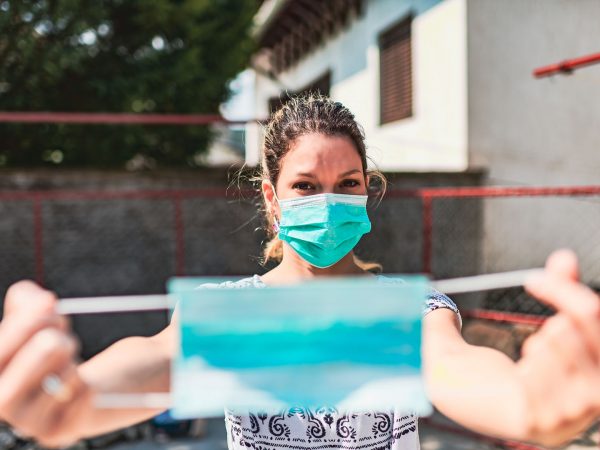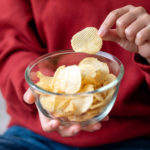More On Masks

Linsey Marr, an expert on virus transmission and a professor at Virginia Tech, says masks are like an obstacle course for particles to get through. “Adding a second mask adds another obstacle course, increasing the chance that the particle will be trapped before it gets through to the other side.” She recommends using a disposable, nonwoven mask underneath a tightly fitted cloth mask, which she says should block about 90% of infectious particles. Even if you’ve been vaccinated against COVID-19, the virus is still spreading, and with the discovery of new variants that could be up to 70 percent more transmissible it will continue to sicken people.
For the record, here are the masks the U.S. Centers for Disease Control and Prevention recommends avoiding:
- Those that are too loose or with large gaps.
- Masks made from loosely woven fabric that let light pass through.
- Masks with one layer
- Masks with exhalation valves or vents.
- Scarves or ski masks worn as a mask.
- Masks made from materials that are hard to breathe through such as plastic or leather.
Source:
Double Masking for COVID: Are Two Face Masks Better Than One? Experts suggest ways to add layers of protection against the coronavirus, by Michelle Crouch, AARP, January 25, 2021.
More current health news from this week’s bulletin:
- Good News About Napping
- Trees & Mental Health
- A savory new recipe to try: Fettuccine With Kale Pesto
Sign up for more Dr. Weil newsletters:









